Carbon Monoxide poisoning occurs when you inhale a huge amount of carbon monoxide(co) gas, which is produced by the combustion of fuel. Fuels can be wood, gasoline, coal, kerosene, or natural gas. After inhaling carbon monoxide (CO), its fumes prevent the body from using carbon monoxide, properly.
And because of this required amount of oxygen is not supplied in the various body parts, especially the brain. It can harm your brain, heart, and another organ. It can give huge damage to infants, children, older adults, and pregnant women.
Mainly Carbon Monoxide (CO) exposure occurs in the winter season or in cold climate regions. In winter the unvented space heater is used, which produces a huge amount of Carbon Monoxide (CO) gas. There are many other sources of carbon monoxide production such as Fires, Tobacco Smoke, a clogged chimney, auto exhaust, etc. To know more about it scroll down.
Cause Of Carbon Monoxide Poisoning
Quick Navigation
Carbon monoxide poisoning is caused when the combustion fumes are inhaled by the person. When there is a concentrated amount of carbon monoxide in the air then you will inhale carbon monoxide gas. Upon inhalation, the body’s red blood cells’ and oxygen are being replaced by carbon monoxide gas. It prevents oxygen from reaching your tissues or organs.
Many fuel-burning appliances and engines, produce carbon monoxide. If these are used in the enclosed area, partially enclosed area and unvented area then carbon monoxide can be built to a dangerous level.
Inhalation of its smoke can cause carbon monoxide poisoning. In order to provide proper on time treatment to the person suffering from carbon monoxide poisoning, you should know the signs of carbon monoxide poisoning. Let’s see what are the signs and symptoms of carbon monoxide poisoning –
Early Signs Of Carbon Monoxide Poisoning
Carboxyhemoglobin molecules are created when carbon monoxide, gas combines with the hemoglobin. Carboxyhemoglobin creates a hindrance to the body’s ability to transport and use oxygen.
Thereby, the transport of oxygen is decreased into the various body parts, especially to the brain. It affects the brain by causing a decrement in oxygenation which is known as hypoxia.
Signs seen in early are –
- Headache
- Nausea
- Dizziness
- Fatigue
Carbon monoxide is gas and it will affect everyone who is being exposed to it. It is easy to identify when these signs are seen in several people at the same time at the same place. It has a chameleon-like nature that is why it is not an easy task to identify carbon monoxide poisoning.
Progressed Signs Of Carbon Monoxide Poisoning
With time carbon monoxide progresses and its sign becomes severe, but still, it is difficult to identify carbon monoxide poisoning. Signs of progressed carbon monoxide poisoning are –
- Confusion
- Shortness of breath or respiratory failure
- Chest pain
- Seizure
- Vomiting
- Rapid heartbeat
- Blurry or double vision
- Loss of consciousness or coma
It is difficult to say how much it takes time to progress from headache to loss of consciousness. The effect of carbon monoxide poisoning depends on the time and the amount of carbon monoxide gas is available in the air and how long the patient is exposed to carbon monoxide gas.
Long-Term Complications Of Carbon Monoxide Poisoning
Long term exposure to carbon monoxide gas when the concentration is not high and exposures to gas continue for many days or weeks then following problems can occur-
- Loss of hearing
- Peripheral Artery Disease
- Cardiomyopathy
- Long term poorly understood neurological disorders
- Memory loss
- Trouble Speaking
- Lack of concentration
- Death
How To Diagnosis Carbon Monoxide Poisoning
You should be aware of the possible sign of carbon monoxide poisoning. It includes
- A large mass of people living in the same area has developed the same sign.
- And a person becomes better when he or she goes away from that environment and again started having these signs when returning to environmental.
- Its sign is seasonal because it can be caused by a central heating system which occurs occasionally at a specific time in the year.
By taking a blood sample a physician can detect an unusual level of Carboxyhemoglobin and perhaps an electrocardiogram(ECG) asses how the heart is pumping blood around the body.
Treatment Of Carbon Monoxide Poisoning
Firstly the person should be moved from the source of co gas and asses his sign and symptoms. If signs of carbon monoxide poisoning are severe then the person can be hospitalized.
In the hospital, 100 percent oxygen is delivered through a mask, so that it can speed up the production of Oxyhemoglobin and also it will replace the Carboxyhemoglobin.
If the physician will find that the suffering person’s nerve is damaged because of the huge amount of carbon monoxide gas inhalation, then Hyperbaric Oxygen Therapy ( HBOT ) will be given. In this treatment, blood is flooded with pure oxygen, in order to compensate for the lack of oxygen which is caused by carbon monoxide poisoning.
Hyperbaric Oxygen Therapy( HBOT ) can be given to the patient whose supply is reduced or cut off, a patient who is in a coma, a patient who has a loss of consciousness, a person having reduced brain activity or dynamic ECG reading, and pregnant women.
How To Prevent Carbon Monoxide Poisoning
1. Your furnaces and fireplace should be cleaned and checked before each heating season.
2. Fuel-burning space of heaters should be used in an only well-ventilated areas or use electric space heaters.
3. You should not start or leave your vehicles running in an enclosed area like a Garage.
4. Never use portable heaters or lanterns while sleeping in an enclosed area, like tents, camps, and vehicles. At high altitudes risk of carbon monoxide poisoning increases.
5. Don’t use a gas oven or stove for heating a room.
6. Install a battery backup carbon monoxide detector at right place in your house. If the carbon monoxide being arisen it will warn you. Just choose the best battery-powered carbon monoxide detector for your home.
7. On an indoor barbecue, charcoal should not be used.
8. The exhaust pipe in a motor vehicle should be serviced every year.
9. You should wear a mask while using the products containing methylene chloride.
10. All rooms should be well ventilated and vent should not be blocked. Be extra cautious in a well-insulated environment.
11. keep a gas-powered generator away from the house while operating it for electricity production.
12. Testing the carbon monoxide levels and then mitigating as per the requirement. This can be done using carbon dioxide detectors.
A few good CO2 detectors in the market are:
a) Nest S3003LWES
b) Kidde KN Copp
c) First Alert CO400
d) Kidde KNCOB DP2
Risk Factors Of Carbon Monoxide Poisoning
Carbon monoxide poisoning can be extremely dangerous for these-
- Unborn babies – Fetal blood cell takes monoxide gas more readily than adult blood cells do. It makes for harmful to them.
- Kids – kids take a breath more frequently than adults and because of this they inhale more amount of carbon monoxide than the adults.
- Older Adults – In older adults, carbon monoxide poisoning can develop brain damage.
- Patients With heart and respiratory problems – People having respiratory and heart problems are likely to get sick from inhalation of carbon monoxide gas.
Final Talk
If your child or other family members have any symptoms of carbon monoxide poisoning then be calm, don’t panic and provide medical care right away. Leave the carbon monoxide-exposed area as fast as possible and get into the fresh air or quickly turn off the carbon monoxide, producing source without harming yourself. If required call on the helpline number for emergency medical services. If someone stops breathing then give them CPR until they don’t start breathing or the emergency medical health services are not provided.





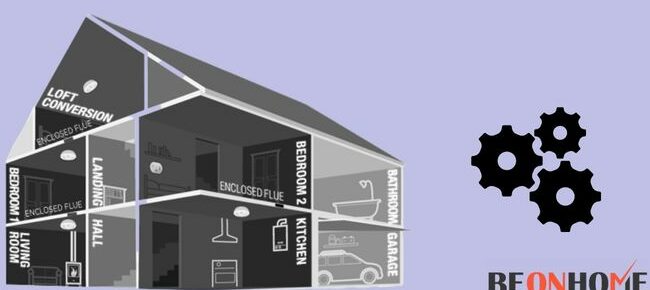
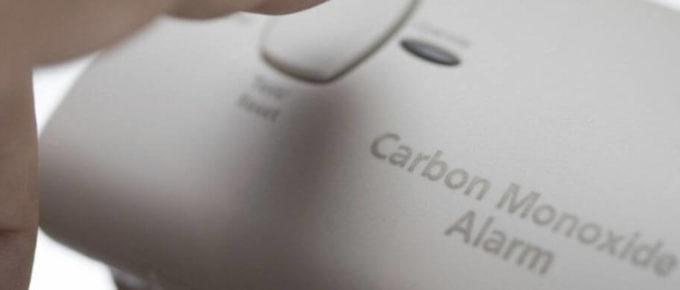
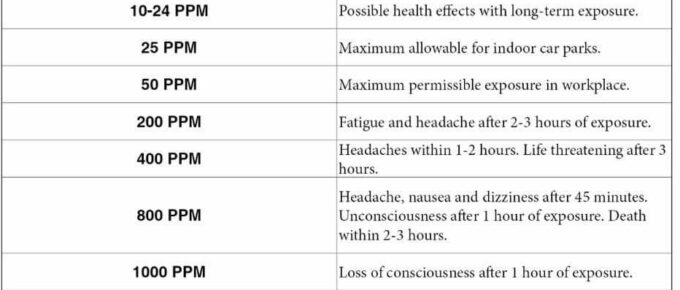
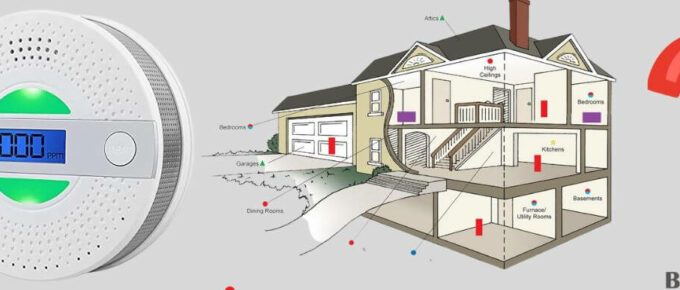
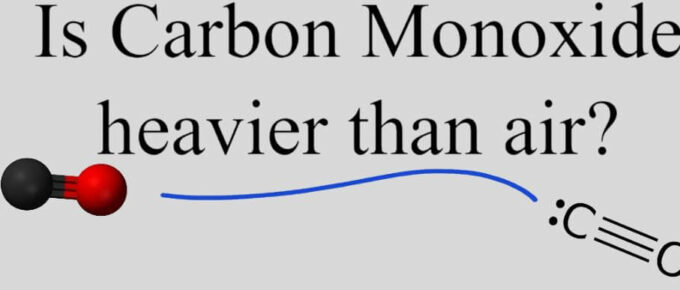
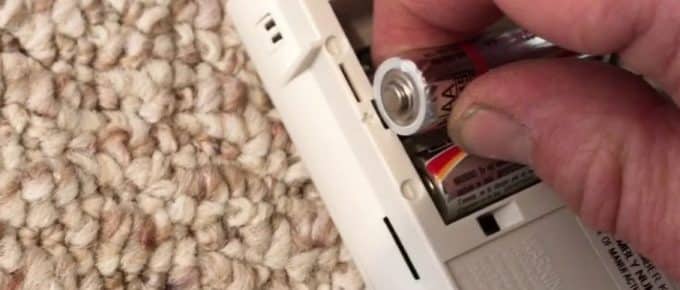
Leave a Reply